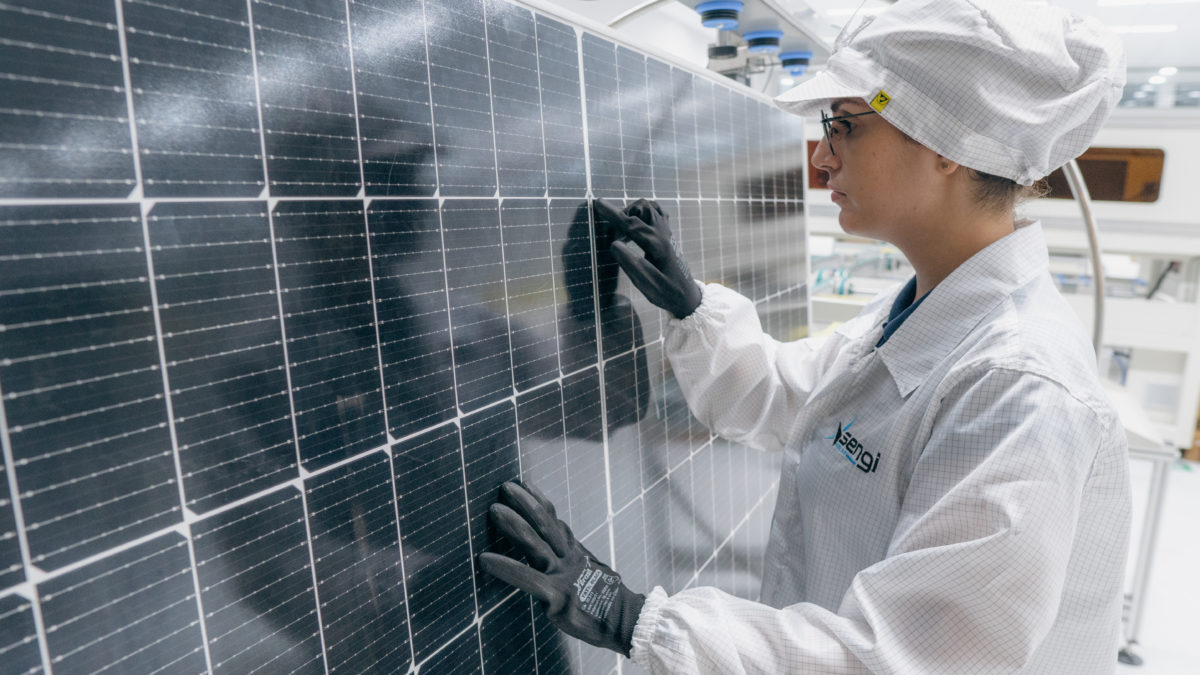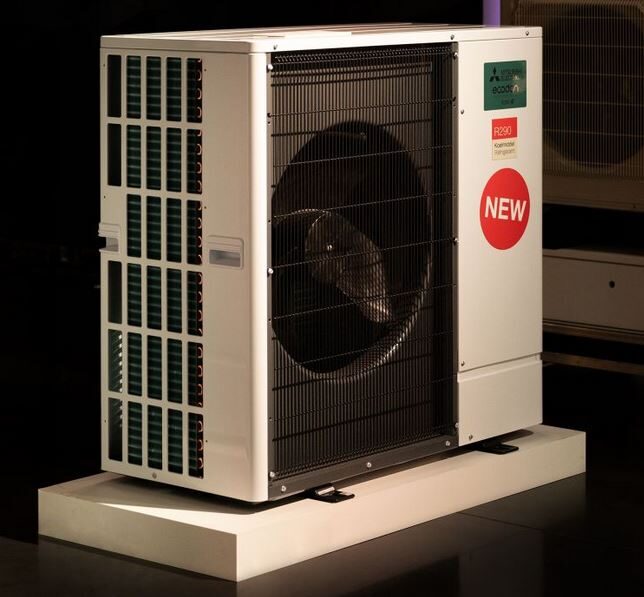As China PV modules reach record-low prices, having dropped from $ 0.23/W in January 2023 to $ 0.13/W in November 2023, PV manufacturing efforts in Australia, Europe, India, North and South America seem to make little sense.
In the first half of 2023, despite strong shipments exceeding 252 GW, overall PV production capacity utilization averaged 56%, with TOPCon and n-type PERC utilization reaching 80% and 79%, respectively.
With nearly 80% of shipments coming directly from China, 18% from other Southeast Asian countries and less than 2% from the USA and Europe, it is clear that more of the cheap Chinese PV modules can flow to any market that does not impose barriers or taxes to Chinese/Asian PV modules.
This oligopoly raises concerns about the control or influence over the solar supply chain, as well as on the carbon footprint of such PV modules. Economies of scale, supply chain integration, relatively low energy costs and labor productivity make China the most competitive solar module manufacturer worldwide.
The European Parliament is slowly moving towards verifying whether the European financing framework is adequate to achieve European sovereignty of PV module production by 2030, taking into account the entire value chain of the PV industry, which is the only way to achieve the strategic objective of resilient European photovoltaic production.
Solar energy industry associations are present in most countries, with the mandate to represent diverse group interests such as installers, manufacturers and importers of PV modules, inverters, and batteries, as well as retailers, researchers, and lobbyists “who have requested a union of professionals with similar ideas so that all the various interests and concerns of the solar industry could be effectively reflected under one roof.”
In all countries, membership is mainly made up of installers, who are interested in obtaining the cheapest PV equipment possible, regardless of origin, as long as the prices are low, and the quality is acceptable. As the installation of PV systems employs around ten times more people than the entire PV module production value chain, and cheap PV modules are the main driver of the exponential growth in the adoption of PV in most markets, defending local production faces a conflict of interest on the part of these associations.
After a strong move to bring PV production to Europe, the US and India over the past two years, PV module prices in 2023 have made the solar production business in these countries uncompetitive. To reach net-zero emissions, the world will need more diverse supply chains to meet the growing demand for solar modules, and other countries where PV uptake is increasing rapidly, such as Australia and Brazil, have what it takes to be major suppliers.
More than 80% of current global solar PV manufacturing uses technology developed in Australian laboratories. Silicon PV is a very energy-intensive industry: Brazil is a large producer of metallurgical grade silicon, with one of the lowest carbon footprints in electricity production worldwide, which is important for the solar PV image and carbon footprint.
In July 2023, the Australian PV Institute released the study “Silicon to Solar (S2S) Study – Phase 1: Market Assessment Report,” assessing whether parts of, or the entire PV manufacturing value chain can be operational in Australia. The study makes a market assessment of the current PV supply chain and discusses options for increasing manufacturing in Australia. These options must be in line with three guiding principles:
- Viable: The manufacturing step in the value chain set up in Australia needs to be globally competitive and economically viable long term.
- Relevant: The manufacturing facility needs to have a scale that is appropriate and relevant for future Australian and global PV demand.
- Timely and relevant to assist carbon emission reduction targets: The manufacturing capacity needs to be set up within a timeframe that is necessary to achieve net zero by 2050.
A wide range of industry partners and collaborators has been engaged to ensure that the assessment is as relevant as possible and that the credible future state reflects the conditions under which a rational business would establish manufacturing in Australia.
With tens of thousands of companies employing more than 240 thousand installers and O&M service providers, Brazil has seen more than 1 GW/month of new PV systems coming into operation in 2023. As news about low-cost rooftop PV spread across the more than 80 million consumer units available in the country, and with still “only” around 2 million photovoltaic systems installed on rooftops, there is plenty of room to grow. These installers want the lowest possible prices for PV modules and are lobbying against any measures to protect the small local PV module manufacturing industry that might result in higher PV module prices.
China has gained ground in Brazil, mainly due to the exemption from import taxes, which adds up to a difference of between 30% and 35% in relation to the module manufactured nationally. Brazilian-made PV modules gain competitiveness only in terms of financing, carried out through low-interest credit from the National Bank for Economic and Social Development, but with Chinese modules at $0.13/W or less, even low-interest financing is not enough to make local PV module production competitive.
More creative solutions, which go beyond fees, taxes and subsidies, must be created if local PV module manufacturing is to take place in markets that install dozens of GW of PV per year. An example would be public bidding processes, in which governments would prioritize the national market at levels compatible with local production capacity, and the remainder could be acquired abroad.
From the International Solar Energy Society’s perspective, and the vision of a world with 100% renewable energy for everyone used wisely and efficiently, PV module production should not become an oligopoly and should not be concentrated in one corner of the world.
Author: Prof. Ricardo Rüther (UFSC).
ISES, the International Solar Energy Society is a UN-accredited membership NGO founded in 1954 working towards a world with 100% renewable energy for all, used efficiently and wisely.
The views and opinions expressed in this article are the author’s own, and do not necessarily reflect those held by pv magazine.
This content is protected by copyright and may not be reused. If you want to cooperate with us and would like to reuse some of our content, please contact: editors@pv-magazine.com.



Very fair article. Misses a couple of points.
1. Chinese PV mfus enjoy ultra-low interest rates due to the Chinese central bank.
2. Economies of scale.
The article did not question if $0.13/watt was sustainable, neither was the issue of carbon footprint with respect to Chinese panels covered.
The ultra-low interest rates could be covered in the EU by the ECB – but it won’t cos as bankers they are quite happy to keep interest rates high (& have said as much).
In the case of carbon, the Chinese have been ultra-slow implementing a carbon market – thus panels should be hit with border carbon taxes. The BCT should aim to place Chinese panels at price parity with Euro panels. This won’t happen in the EU due to cowardly politicos.
I guess it is still better to buy cheap energy production equipments from China and to use those to produce 30 years cheap energy by ourselves, than to buy “cheap” (9 $/bbl, pumping price) oil for 90 $/bbl stock price from arabs and to burn that in next day/ month ?
If one day we will not get those cheap equipments anymore, we still will have 15 years to develop our own equipment production.
Check the Japanese chip manufacturers in the 80s
With the same MO. Dump cheap on the market than when others stop making them, raise the price. Elementary my dear Watson.